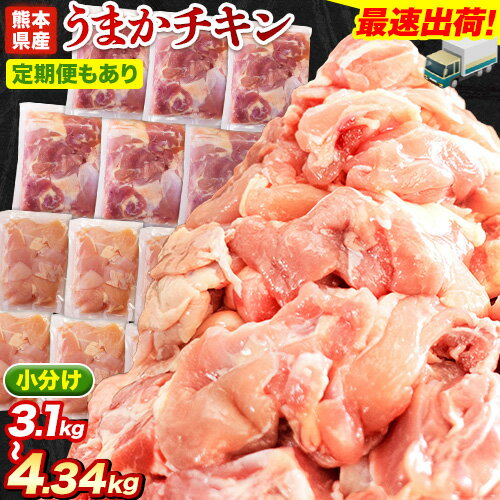論文No3838
The cost-effectiveness of including liquid biopsy into molecular profiling strategies for newly diagnosed advanced non-squamous non-small cell lung cancer in an Asian population
Sibo Liu,Nicholas Graves,Aaron C. Tan
LUNG CANCER, VOLUME 191, 107794, MAY 2024.
<目的>
リキッドバイオプシーは肺癌のプロファイリングにおいて組織生検を補完するものであるが、
費用対効果のエビデンスは限られている。
このことは、臨床への導入と償還を遅らせる可能性がある。
本研究の目的は、シンガポールを例として、リキッドバイオプシーを含むプロファイリング戦略の費用対効果を推定し、
アジア人集団において新たに診断された進行非扁平上皮非小細胞肺がん(NSCLC)に対する
最適なプロファイリング法を特定することである。
<材料と方法>
シンガポールの医療制度の観点から、5つの分子プロファイリング戦略
(組織または血漿の次世代シーケンシング(NGS)単独、並行アプローチ、および2つの逐次アプローチ)の
費用対効果を評価するための決定木および分割生存モデルを開発した。
モデル入力は、現地のデータまたは公表文献から得た。
感度分析とシナリオ分析は、意思決定における結論の頑健性を理解するために行われた。
異なる支払い意思額(WTP)閾値における最適な戦略は、費用対効果フロンティアと期待損失曲線によって示された。
<結果>
組織-血漿NGSの逐次的アプローチにより、組織NGS単独と比較して、
20年間の時間軸において3,074シンガポールドルの追加費用で0.0981の質調整生存年(QALY)が追加され、
その結果、増分費用効果比(ICER)は31,318シンガポールドル/QALYとなり、
患者1人当たりの増分純金銭的利益は1,343シンガポールドルとなった。
この結果は、ペムブロリズマブとオシメルチニブの費用、および組織NGS後の再生検の確率に敏感であった。
血漿-組織連続NGSおよび血漿NGS単独は、代替案よりもコストが高く、効果も低かった。
<結論>
逐次組織-血漿NGSアプローチは、WTPが45,000シンガポールドル/QALYの場合、
最も高い純金銭的利益を生み出し、最適な検査戦略であった。
優位性は保たれたが、高価な非ファーストライン治療を含めると、当然のことながらICERは高くなった。
全体として、アジア人集団において新たに進行した非扁平上皮NSCLCと診断された場合、
ルーチン臨床を積極的に考慮すべきである。
DeepL.com(無料版)で翻訳しました。
Objectives
Liquid biopsy is complementary to tissue biopsy for lung cancer profiling, yet evidence of the cost-effectiveness is limited. This could retard implementation and reimbursement in clinical practice. The aim of this study is to estimate the cost-effectiveness of profiling strategies that include liquid biopsy and to identify the optimal profiling approach for newly diagnosed advanced non-squamous non-small cell lung cancer (NSCLC) in an Asian population using Singapore as an example.
Materials and methods
A decision tree and partitioned-survival model was developed from the Singapore healthcare system’s perspective to evaluate the cost-effectiveness of five molecular profiling strategies: either tissue or plasma next-generation sequencing (NGS) alone, a concurrent, and two sequential approaches. Model inputs were informed by local data or published literature. Sensitivity analyses and scenario analyses were undertaken to understand the robustness of the conclusions for decision making. The optimal strategy at different willingness-to-pay (WTP) thresholds was presented by cost-effectiveness acceptability frontier and the expected loss curve.
Results
The sequential tissue-plasma NGS approach revealed an additional 0.0981 quality adjusted life years (QALYs) for an extra cost of S$3,074 over a 20-year time horizon compared to tissue NGS alone, resulting in an incremental cost-effectiveness ratio (ICER) of S$31,318/QALY and an incremental net monetary benefit of S$1,343 per patient. The findings were sensitive to the costs of pembrolizumab and osimertinib and the probabilities of re-biopsy after tissue NGS. Sequential plasma-tissue NGS and plasma NGS alone were more costly and less effective than alternatives.
Conclusion
The sequential tissue-plasma NGS approach generated the highest net monetary benefit and was the optimal testing strategy when WTP was S$45,000/QALY. It retained superiority but understandably with a higher ICER when expensive, non-first line treatments were included. Overall, its routine clinical practice should be proactively considered for newly diagnosed advanced non-squamous NSCLC in an Asian population.


